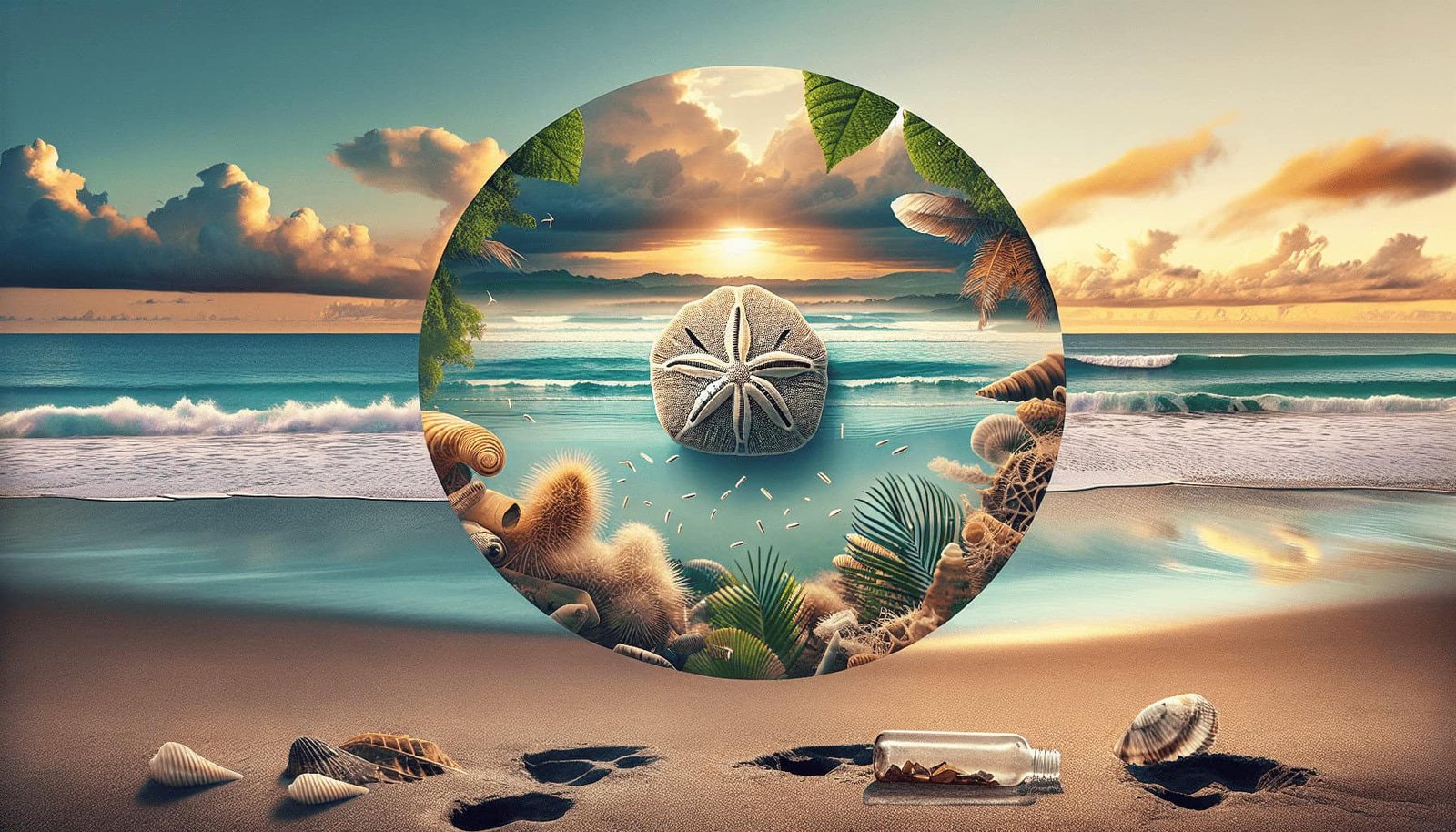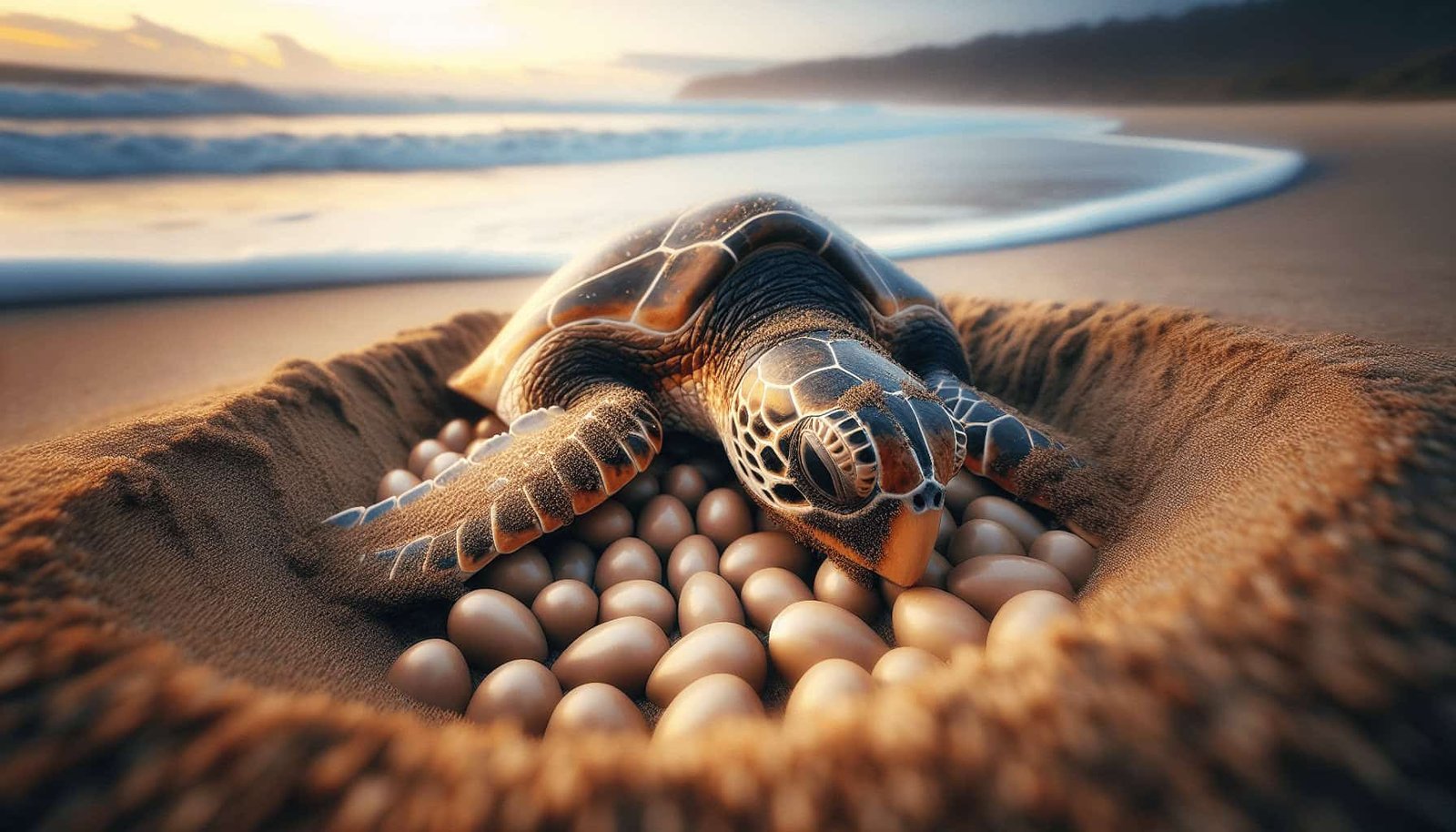When it comes to enjoying the beautiful beaches of Nicaragua, it’s important to remember that the stunning landscapes and crystal-clear waters are not just for our pleasure, but also home to a diverse range of wildlife. Whether you’re a nature enthusiast or simply seeking a relaxing getaway, it’s crucial to ensure we are respectful of these fragile habitats. In this article, we will explore the specific guidelines that can help us preserve and protect the unique wildlife habitats found at Nicaraguan beaches. By being mindful of our actions, we can contribute to the preservation of these ecosystems for future generations to enjoy.
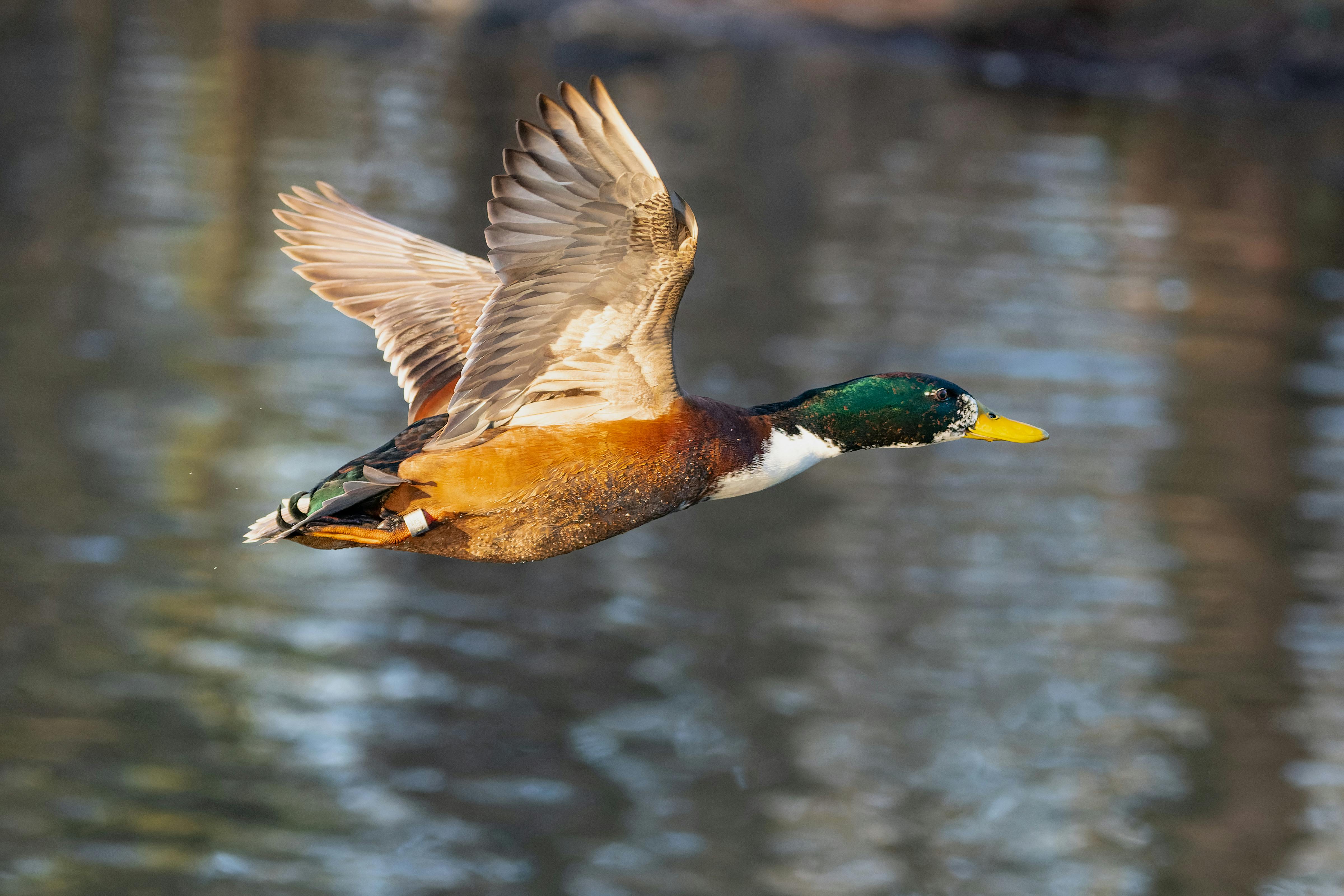
Importance of Respecting Wildlife Habitats at Nicaraguan Beaches
As a visitor to Nicaraguan beaches, it is important to understand and respect the local wildlife habitats. By doing so, you contribute to the preservation of biodiversity, conservation of endangered species, and the maintenance of ecosystem balance. Each of these aspects plays a crucial role in creating a harmonious and sustainable environment for both wildlife and humans alike.
Preservation of Biodiversity
Biodiversity refers to the variety of plant and animal species found in a particular area. Nicaraguan beaches are home to a wide range of species, from colorful tropical birds to unique marine life. Respecting wildlife habitats helps preserve this biodiversity, ensuring that future generations can also witness the beauty and diversity of nature. By protecting their homes, you are safeguarding their survival and contributing to the overall health of the ecosystem.
Conservation of Endangered Species
Nicaragua is home to several endangered species, such as sea turtles and the yellow-naped parrot. These animals rely on the beaches and surrounding areas as crucial nesting habitats. Respecting wildlife habitats at Nicaraguan beaches means providing a safe space for these endangered species to breed and thrive. By observing guidelines and avoiding disruptions, you can contribute to their conservation efforts and help protect these vulnerable species from further decline.
Maintaining Ecosystem Balance
Every living creature, no matter how small, plays a vital role in the ecosystem. From tiny insects to large marine mammals, each species contributes to maintaining a delicate balance within their habitats. By respecting wildlife habitats, you help preserve this balance, allowing the natural processes to take place without human interference. This, in turn, leads to cleaner beaches, healthier water systems, and thriving ecosystems for wildlife to thrive and for humans to enjoy.
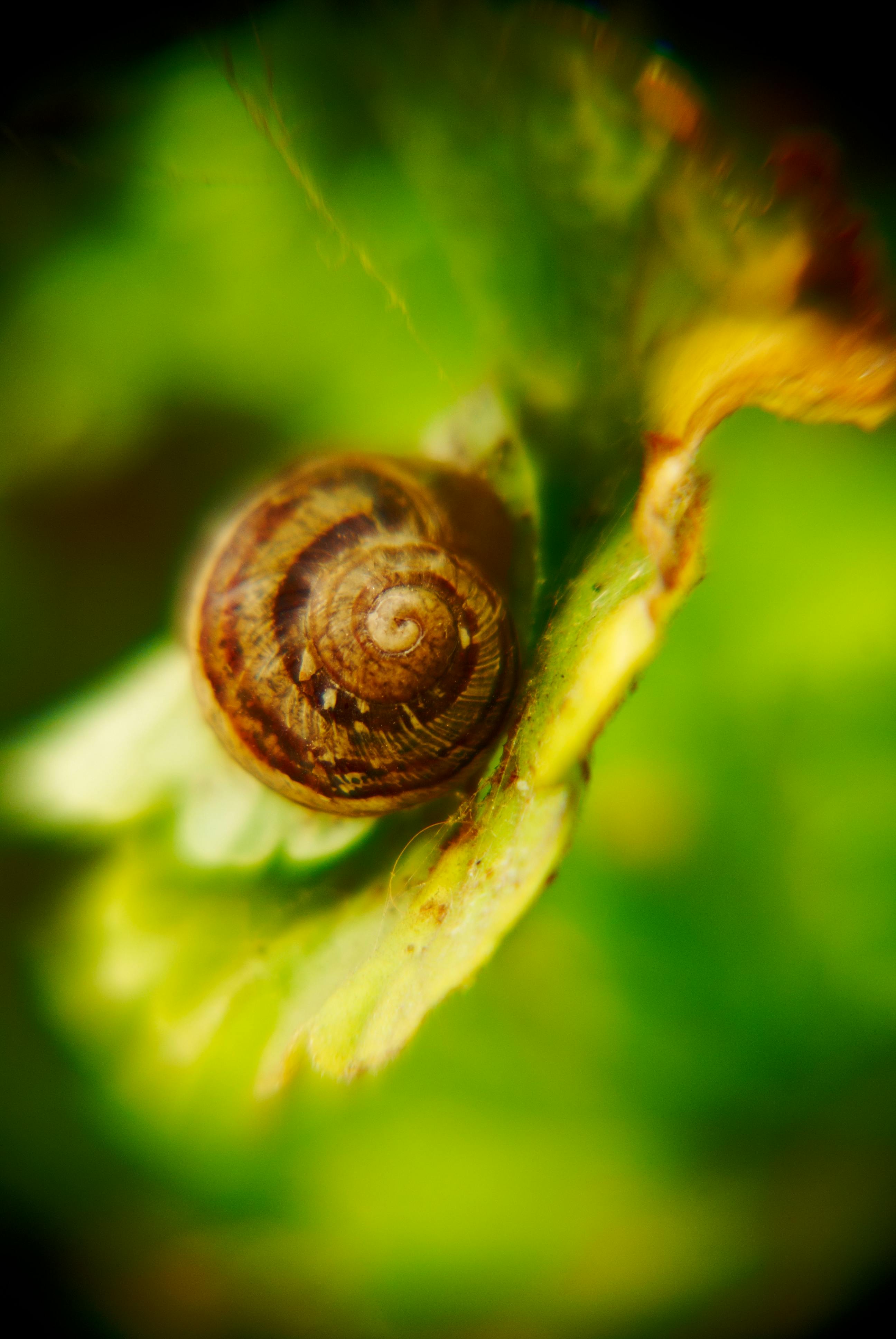
Understanding Wildlife Habitats
To effectively respect wildlife habitats at Nicaraguan beaches, it is important to understand the different types of habitats found in the area. Here are three key habitats to be aware of:
Coastal Areas and Beaches
Coastal areas and beaches serve as critical habitats for a wide variety of plants, birds, and marine animals. These areas support a significant number of species and their unique ecosystems. From nesting shorebirds to various flora and fauna that thrive in the sand dunes, it is essential to be mindful of the impact we have on these habitats. By keeping these areas free of human disturbances, we ensure the well-being of wildlife and allow these ecosystems to flourish.
Mangrove Forests
Mangrove forests are intricate ecosystems that can be found along the Nicaraguan coastline. They provide a safe haven for numerous species, including fish, crabs, and various birds. These dense forests act as nurseries for juvenile marine life, contribute to shoreline protection, and aid in nutrient cycling. It is crucial to respect these habitats by not damaging or removing mangrove trees, avoiding pollution, and refraining from interfering with the natural processes that occur within this delicate ecosystem.
Marine Environments
The marine environments surrounding Nicaraguan beaches are incredibly diverse, supporting a wide array of marine life. Coral reefs, seagrass meadows, and open ocean areas are all part of this unique ecosystem. When snorkeling or diving, be mindful of the marine life and their habitats. Avoid touching or damaging coral reefs, refrain from collecting shells or other marine souvenirs, and do not disturb the natural behavior of marine creatures. By respecting these habitats, we protect the delicate balance that sustains the incredible biodiversity found beneath the waves.
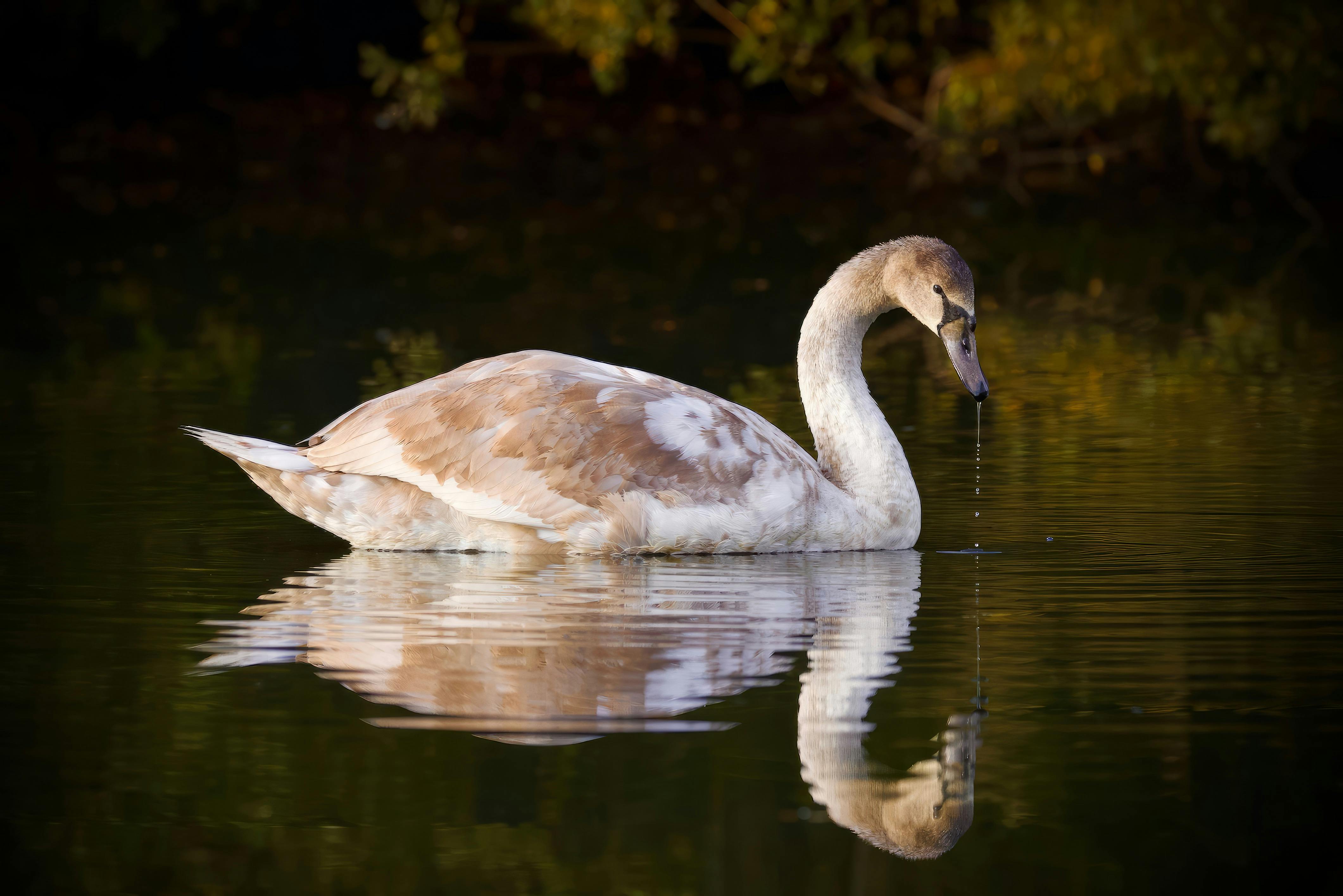
Guidelines for Respecting Wildlife Habitats at Nicaraguan Beaches
To ensure that you are doing your part in respecting wildlife habitats, here are some guidelines to follow when visiting Nicaraguan beaches:
Do Not Disturb Wildlife
When encountering wildlife, maintain a respectful distance and avoid any actions that may disturb or stress the animals. This includes avoiding loud noises, sudden movements, or attempts to touch or interfere with their natural behavior. Remember, you are a guest in their home, and minimizing your impact will allow them to carry on undisturbed.
Observe Wildlife from a Distance
While it is exciting to spot wildlife at Nicaraguan beaches, it is essential to observe them from a respectful distance. Use binoculars or cameras with zoom capabilities to get a closer look without intruding on their space. By watching from afar, you can appreciate their beauty without causing any harm or disruption.
Avoid Feeding or Touching Wildlife
Feeding wildlife can disrupt their natural feeding patterns and can also be harmful to their health. Human food may not provide the necessary nutrients for their specific diet and can lead to dependence on handouts, altering their behavior in the long run. Additionally, avoid touching or attempting to handle wildlife, as this can stress them or spread diseases between species.
Do Not Remove or Disturb Nesting Materials
If you come across nests or eggs during your visit to Nicaraguan beaches, resist the temptation to touch or disturb them. These nests are crucial to the survival of many species and interfering with them can have severe consequences. By leaving nesting materials undisturbed, you are ensuring the successful hatching and growth of the next generation of wildlife.
Follow Designated Trails and Paths
Many beaches in Nicaragua have designated trails or paths to help visitors navigate the area while minimizing their impact on the habitats. Stick to these designated areas to avoid trampling on sensitive vegetation or disturbing wildlife. By following the established routes, you can explore the beaches responsibly while protecting their fragile ecosystems.
Keep Noise Levels Low
Wildlife, especially nesting birds and marine animals, can be highly sensitive to noise. Keep your voices down and avoid unnecessary loud noises or music that may disrupt their natural environment. By maintaining a quiet and peaceful atmosphere, you allow wildlife to go about their daily activities undisturbed.
Dispose of Trash Properly
Proper waste management is crucial when visiting Nicaraguan beaches. Always dispose of your trash in designated bins or take it with you if bins are not available. Litter and improperly disposed waste can harm wildlife, pollute water sources, and disrupt the natural beauty of the beaches. By keeping the environment clean, you contribute to the overall well-being of the wildlife and ecosystems.
Use Biodegradable and Eco-Friendly Products
When visiting Nicaraguan beaches, choose biodegradable and eco-friendly products whenever possible. Opt for reef-safe sunscreen, biodegradable soap, and reusable water bottles. Minimizing the use of single-use plastics and harmful chemicals helps protect the delicate balance of the marine environment and reduces pollution.
Respect Fishing Regulations
If you plan on fishing while visiting Nicaraguan beaches, be sure to respect the local fishing regulations. Follow catch and release practices when appropriate, adhere to size and bag limits, and avoid fishing in protected areas or during designated breeding seasons. Responsible fishing practices help maintain fish populations and protect the overall health of the marine ecosystem.
Participate in Conservation Efforts
Lastly, consider getting involved in local conservation efforts. Many organizations and initiatives in Nicaragua focus on protecting wildlife habitats and promoting sustainable practices. Volunteer, participate in beach clean-ups, or support organizations working towards the preservation of biodiversity. By actively supporting these efforts, you become an advocate for wildlife and contribute to the long-term health of Nicaraguan beaches.
In conclusion, respecting wildlife habitats at Nicaraguan beaches is crucial for the preservation of biodiversity, conservation of endangered species, and maintaining the balance of ecosystems. By following guidelines, understanding the different habitats, and considering the impact of our actions, we can ensure a sustainable and harmonious coexistence with nature. Remember, every action counts, and by respecting wildlife habitats, you are making a positive difference for both wildlife and future generations. Enjoy the beauty of Nicaraguan beaches while contributing to their long-term preservation!
